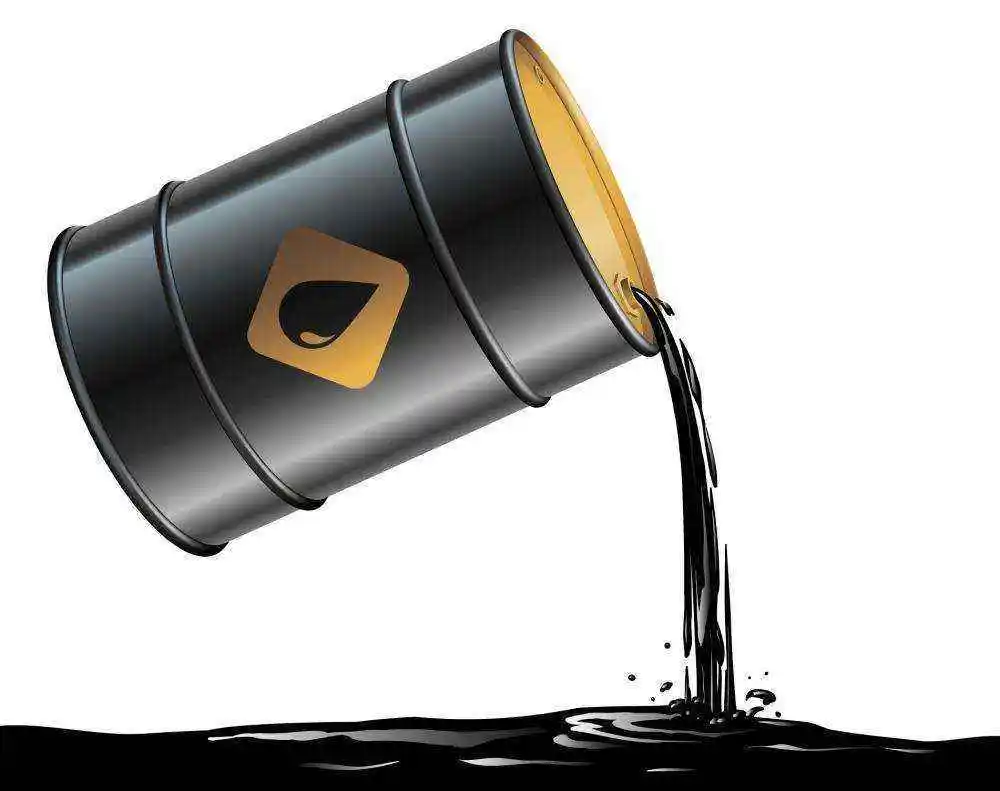The traditional method of cleaning crude oil and grease is to disassemble the pipe and use caustic soda with steam heating to remove the oil and grease attached to the pipe, this method will produce secondary pollution to the ground and air.

The crude oil cleaner is compounded by a variety of surfactants and organic additives, with excellent permeability, emulsification and ability to remove crude oil, which is very easy to use and can clean all kinds of crude oil, coke, oil, grease and oil scale from crude oil pipelines, pipe fittings and tank walls with obvious effect.
There are three general types of crude oil cleaners used.
Cleaning of crude oil transmission lines, cleaning of casing pipes, surface cleaning (ground, scaffolding, parts, etc.)
Crude oil pipeline cleaning: Crude oil pipelines are generally buried underground and have high technical requirements for cleaning.
Cleaning of casing pipe: Adding chemicals to clean.
Surface cleaning: you can use chemical soaking, scrubbing, brushing, etc.
Regarding the crude oil cleaning agent, we can recommend you the right product according to the customer’s cleaning process.
*Disclaimer: The content contained in this article comes from the Internet, WeChat public numbers and other public channels, and we maintain a neutral attitude toward the views expressed in the article. This article is for reference and exchange only. The copyright of the reproduced manuscript belongs to the original author and the institution, and if there is any infringementPlease contact Jetson Chemical for deletion
